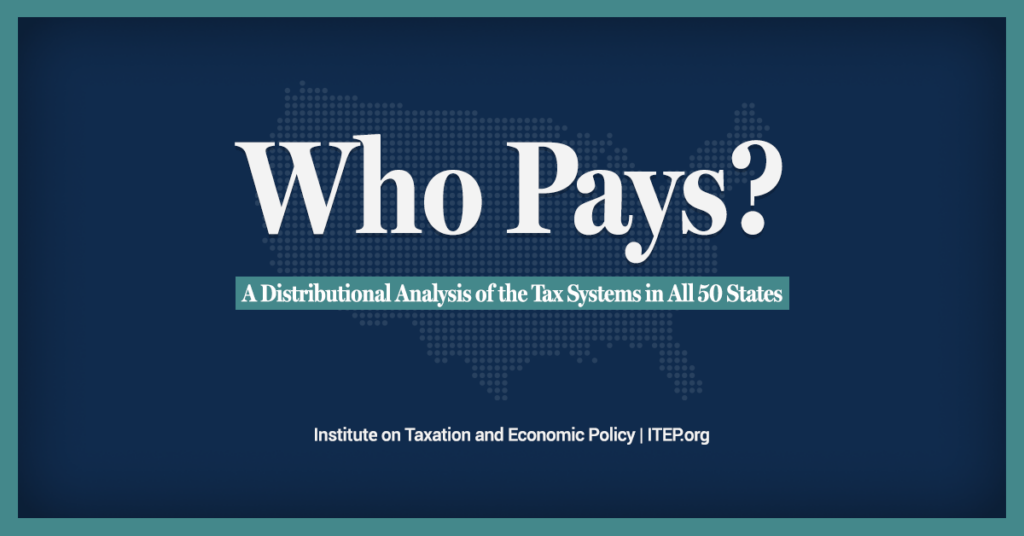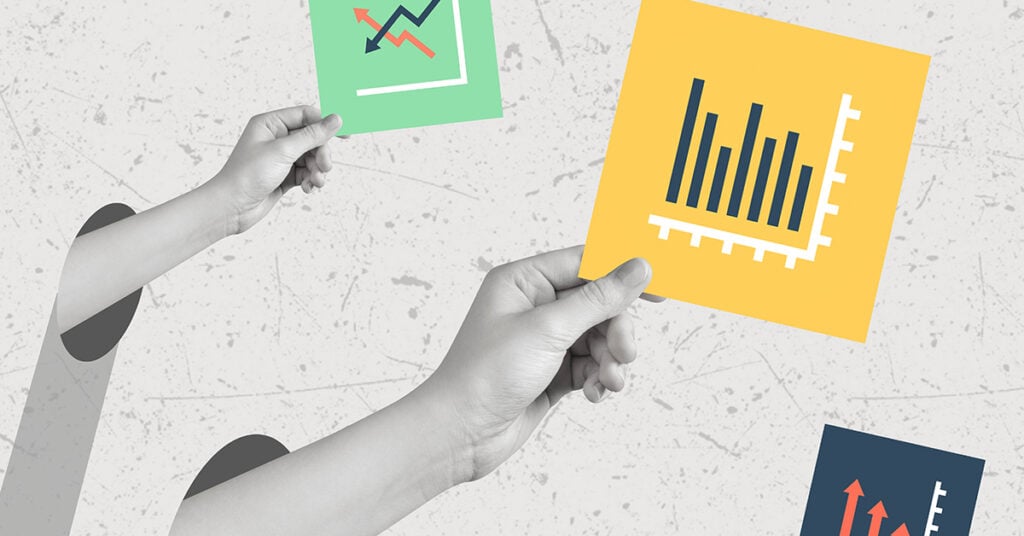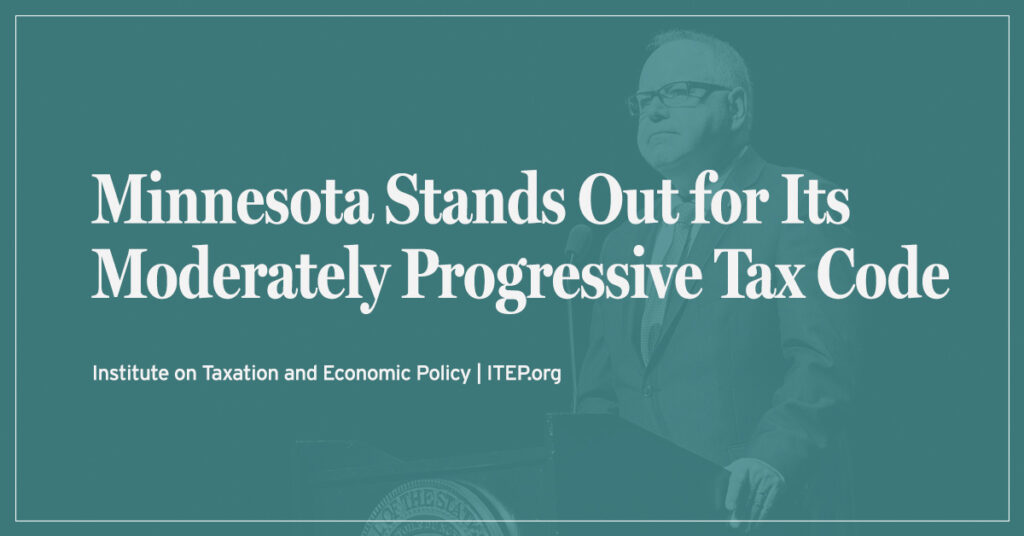The vast majority of state and local tax systems are upside-down, with the wealthy paying a far lesser share of their income in taxes than low- and middle-income families. Yet a few states have made strides to buck that trend and have tax codes that are somewhat progressive and therefore do not worsen inequality. Those are the high-level findings of the latest edition of our flagship Who Pays? report – the only distributional analysis of tax systems in all 50 states and the District of Columbia.
The overall regressivity in state and local tax codes is in large part the result of weak or nonexistent personal income taxes in many states. In those states, much of the income of the very wealthy avoids tax altogether, and there is a larger reliance on more regressive taxes like sales and excise taxes. Meanwhile, progressivity at the bottom of state and local tax codes is being largely driven by strong, refundable credits, like Child Tax Credits and Earned Income Tax Credits.
Here are some of the other important takeaways in this 7th edition of Who Pays?:
- Tax systems in 44 states exacerbate inequality by making incomes more unequal after collecting state and local taxes, while systems in six states plus D.C. reduce inequality.
- On average, the lowest-income 20 percent of taxpayers face a state and local tax rate nearly 60 percent higher than the top 1 percent of households. The nationwide average effective state and local tax rate is 11.4 percent for the lowest-income 20 percent of individuals and families, 10.5 percent for the middle 20 percent, and 7.2 percent for the top 1 percent.
- In all, 41 states tax the top 1 percent less than every other income group. Similarly, 42 tax the top 1 percent less than the bottom 20 percent, and 46 tax the top 1 percent less than the middle 20 percent.
- Most (35) states tax their poorest residents at a higher rate than any other group.
- The 10 most regressive states are (in order of most to least regressive): Florida, Washington, Tennessee, Pennsylvania, Nevada, South Dakota, Texas, Illinois, Arkansas, Louisiana.
- The 10 least regressive jurisdictions are (starting with least): D.C., Minnesota, Vermont, New York, California, New Jersey, Maine, Massachusetts, New Mexico, Oregon. (The first seven of these have tax systems that are not regressive and therefore do not worsen inequality.)
A mix of recent policy changes have worsened, or alleviated, regressivity in state tax systems depending on the choices made by lawmakers. This edition of Who Pays? includes 34 alternative analyses that show what the distribution of some states’ taxes would look like if certain policy changes had not been made, as well as what they would look like today if future planned changes had already taken effect.
Some of these changes are dramatically reshaping the landscape of state tax law.
For instance, by undoing a 2020 voter-approved tax increase on the wealthy and then cutting income taxes instead, Arizona’s recent changes have led it to drop to 13th most regressive from what would have been 27th—had the voters’ will been heeded and no further tax changes made. And a flurry of tax cuts enacted since 2017 have dropped Kentucky to 17th most regressive from 30th. Tax cutting in the Bluegrass state is ongoing and, if fully implemented, will eventually drop Kentucky to 8th most regressive.
On the other side of the coin, Massachusetts has risen to 8th least regressive from 18th, thanks to its 2022 voter-approved tax increase on high-income households and 2023 expansions of refundable tax credits for low- and moderate-income families. And New Mexico since 2018 has risen to the 9th least regressive from 27th after a range of progressive tax changes, including a new Child Tax Credit, an expansion to the Earned Income Tax Credit, and tax increases on capital gains and top incomes.
The findings in Who Pays? clearly show that there is a lot of room for improvement in state tax policy, and state lawmakers have many options to make their tax systems more equitable. The analysis also confirms that the policy choices lawmakers make each year have profound consequences for families’ lives, due to their impact on the fairness of the tax code and the ability to raise enough revenue to adequately fund critical public services like schools, health care, transportation infrastructure, and more.





